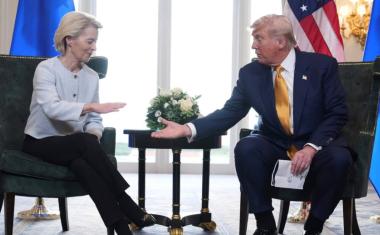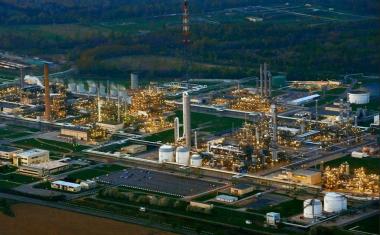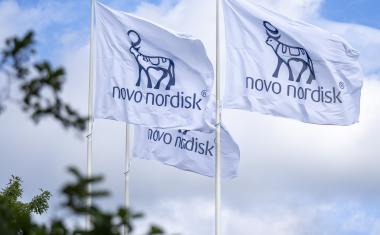Purported Dow-DuPont Merger Creates Buzz
News of a possible mega-merger between US chemical giants Dow and DuPont dominated the headlines on Dec. 9 after the newspaper Wall Street Journal, citing sources close to the matter, revealed the alleged plans to be at an advanced stage.
The proposed deal calculated to be worth around $120 billion is being touted as a merger of equals, as each of the two companies has a market capitalization of just under $60 billion. Dow CEO Andrew Liveris is said to be the designated executive chairman of the merged company, with new DuPont chief Ed Breen foreseen as CEO.
Both chemical producers have been under pressure from activist shareholders to split up – Dow by Daniel Loeb’s Third Point and DuPont by Nelson Peltz’s Tritan Mangement Fund. Protracted battles with the latter led to the exit of DuPont CEO Ellen Kullman in October and her replacement with a break-up specialist.
According to WSJ’s sources, Liveris has sought a deal with DuPont for more than a decade. He thus contacted Breen quickly after the latter took over the top job at DuPont following Kullman’s departure. The Dow chief is is said to have pitched the plan as a way to find synergies before breaking up the businesses into more focused operations.
Some of the newspaper’s sources said an official announcement of the merger plans could be imminent, as Dow’s 12-month standstill agreement with Third Point expires on Dec. 14, leaving Loeb free to reach for the battering ram again.
Shares of both Dow and DuPont rose on the merger news, with Dow’s paper up 10% and DuPont’s 13%. At the same time, the report sparked speculation that the high-flying plans could run afoul of cartel regulations in many countries, including China, unless the business planned to be stripped out and remixed were shed first.
If the transaction is implemented in the manner the reports envision, a Dow-DuPont merger would create a new company with more than $90 billion in annual sales. It would be the world’s largest producer of seeds and industrial chemicals as well as the third largest in crop protectants – prior to a subsequent split into agricultural, specialty chemicals and plastics units. It would also be second-largest chemical company after Germany’s BASF.
The thought of the two US chemical groups merging their agriculture assets will have brought fear and trepidation to agricultural chemical markets on both sides of the Atlantic, observers note. While Dow’s and DuPont’s plastics and specialty chemical businesses have benefited from lower energy costs, their agrochemicals divisions have struggled under weak demand for crop protection products.
In particular after Monsanto stirred up the market with its $46 billion hostile grab for Syngenta, these markets have been in turmoil. The idea that the world’s largest seeds producer could take over the world’s leading producer of chemical crop protectants, with regulatory strings likely to be attached, led to speculation over who would collect the spoils.
A combined Dow and DuPont would have agricultural chemicals sales of $15.5 billion. The latter has made major strides in in recent years, especially in corn seed technology. The Delaware-based group’s business is additionally seen as shielded by its numerous patents. China, thought to be keen to pick up Western assets and knowhow, has already made a bid for Switzerland’s Syngenta as well as creating unease at DuPont.
With the veil on the US chemical producers’ plans lifted, many market watchers now see Monsanto as especially keen to make a fresh bid for the Swiss company and Syngenta’s position, accordingly, more precarious than before. A possible outlet, some have said, could be a deal with one of its German rivals, Bayer or BASF.
Lending strength to this theory are remarks last month by Syngenta chairman Michel Demaré that the agricutural chemicals market would look “quite different” in six months.
















